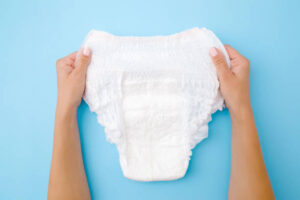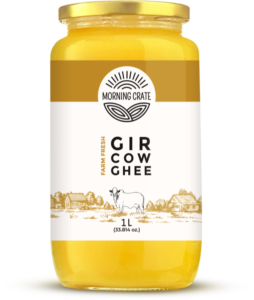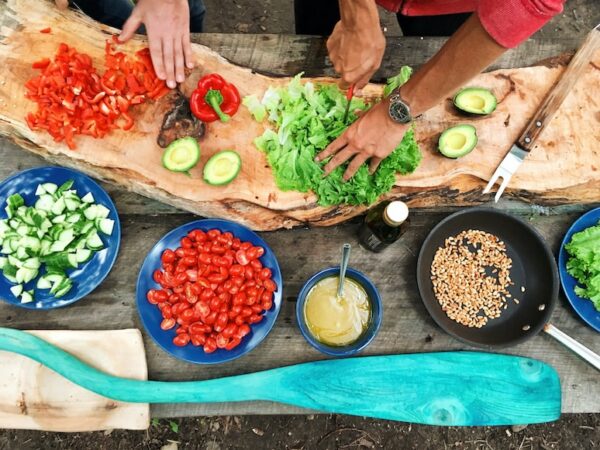
A home-cooked meal can be comforting and tasty, but depending on what you use to prepare it, it might also be full of calories. You can be more accurate when determining your meals’ calories and nutrients if you know the exact food, quantity, and a number of servings for each recipe. Also, it is essential to consider items such as oil, butter, and broth which people tend to forget when cooking. With some basic maths, it’s simple to determine how many calories your favorite recipes have.
This post will discuss calculating the nutritional value of homemade food and the formula you can use to obtain a precise figure. Keep reading to learn more about calculating dietary values.
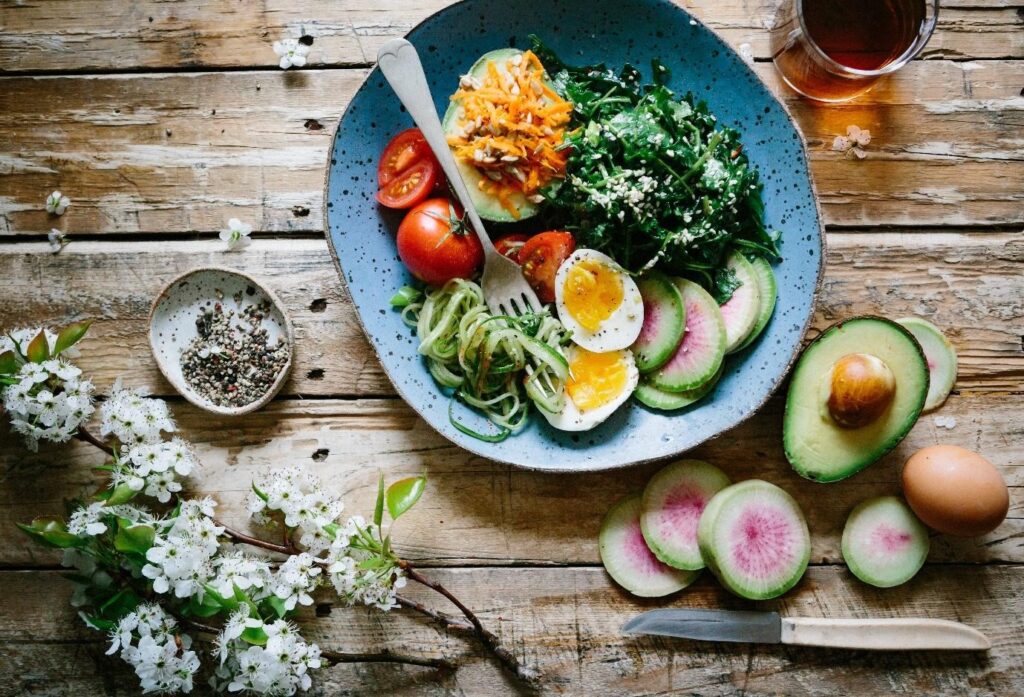
- Develop an Excel Spreadsheet
Calculating the calories in your food is like doing a simple math problem. You may know your food better with the right nutritional value of soybean oil.
Although it may seem obvious, you can figure out how many calories a dish has by summing the calories of each ingredient.
Start by making three columns on the sheet. Write down everything you need to prepare your recipe in the first column. In the second column, write down the quantity of each ingredient you use. Consequently, you can use a nutrient value calculator to determine the number of calories in each element. You can indicate these calories in the third and final column.
Please note that the most accurate way to measure a meal’s nutritional value is to check its weight, not the volume. For instance, 21 g of honey is a more precise measurement than one tablespoon.
The United States Department of Agriculture has a detailed nutrition label calculator that is free to use and contains many common ingredients for cooking and baking. If you can’t find a particular item, you may use a calorie calculator that includes even more commonly bought grocery items.
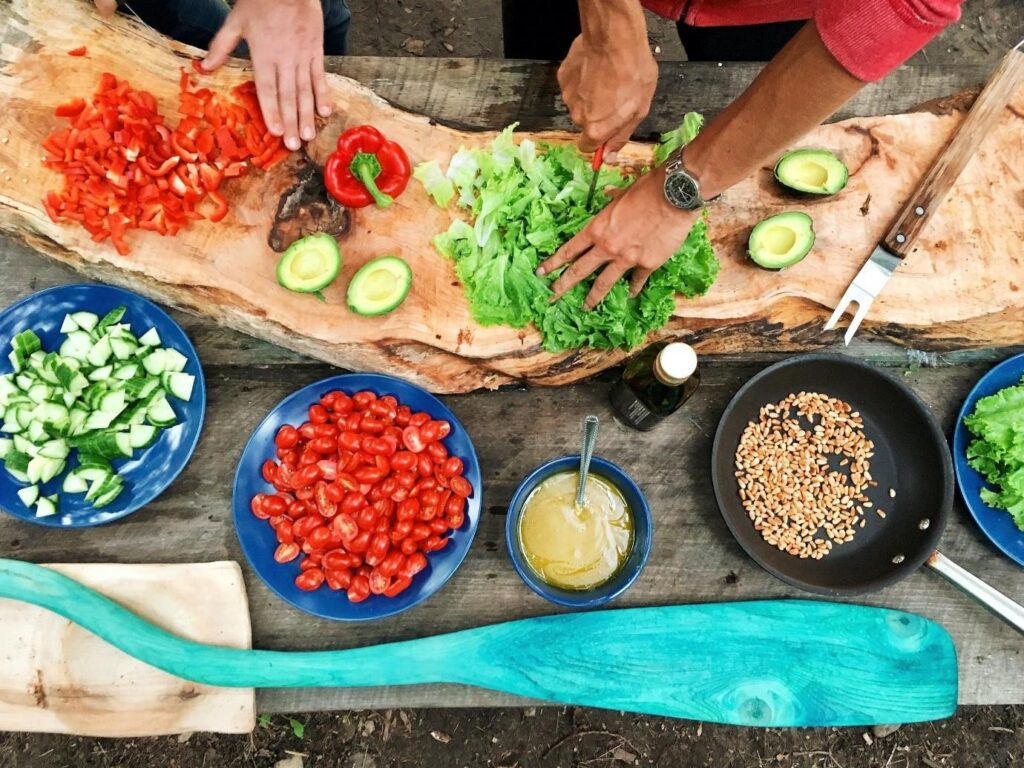
- Use a Recipe Calorie Calculator
After using the food calorie calculator to find out how many calories are in each dish’s ingredients, you can add up all the calories in column three to find out how many calories are in the whole dish. If you put them in order on your spreadsheet, it should be easy to add up all these numbers.
If you can’t find a particular food in the recipe calorie calculator, look at the food’s nutritional label. The information here will tell you how many calories are in each food you use.
Ensure you convert the units of the amount in your recipe to the right amount on the label, as they may be in different units of measurement. When this happens, use an online conversion tool to switch between standard measurement units easily and determine how many calories each food product has.
You can also employ other unit conversions if the unit you’re interested in is unavailable. For instance, if you’d like to determine the nutritional value of 8oz of a meal, but the available value is 100g, you may want to convert the figure in the column “value per 100g” to 2.27.
Here is the formula representation:
1oz = 28.4g
8oz = 227g (8 x 28.4g)
227g/100g = 2.27 (Therefore, you’ll require 2.27 times 100g value)
By figuring out how many calories are in your meal, you’ll better understand how it fits into your daily caloric intake. People have different suggestions regarding how many calories they should eat each day. The Academy of Nutrition and Dietetics recommends that active adults eat between 2,400 and 3,000 calories daily.
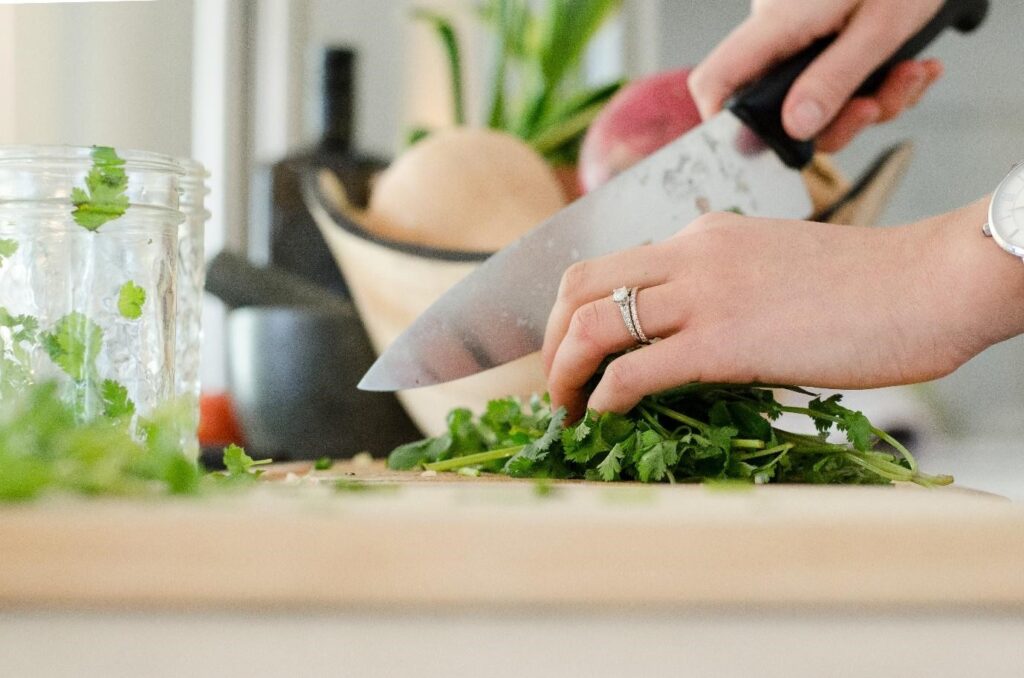
- Substitute with Other Ingredients
After using your handy spreadsheet and recipe calorie calculator, you may have realized that a delicious home-cooked meal contains many more calories than you thought. Therefore, you can make your meals healthier by trying simple ingredients without changing the taste.
For example, you can use applesauce or prune puree to replace half of the butter in your recipe. You can also prepare foods with half-and-half or evaporated skim milk instead of cream. You can use Raw cocoa instead of milk chocolate, Greek yogurt instead of mayonnaise, or sour cream.
You can cut the calories in a meal in half by eliminating sugar and replacing it with cinnamon or vanilla extract. The dish will still taste sweet and have the same flavor. Use a food calorie calculator to track how much the calories change when you make these simple changes.

Conclusion
How do I figure out how many calories my homemade food has? We hope you now know what to do. But there are a few things you need to keep in mind when figuring out the nutritional value of your meal. There are some ready-calculated meals in the USDA database. Still, to get the most accurate recipe information, you should calculate the nutrient information for your dishes, as shown above.
The calories and nutrients will be more accurate if you know the exact food, amount, and number of servings for each recipe. Also, remember that many people often forget to include oil, butter, and broth when determining the nutritional value of their homemade food. Therefore, ensure you have them to obtain the precise nutritional value of the meal.
The above methods are based on the idea that all the fat used in cooking is eaten. For deep-fried items, however, choose the right one from the USDA database.

